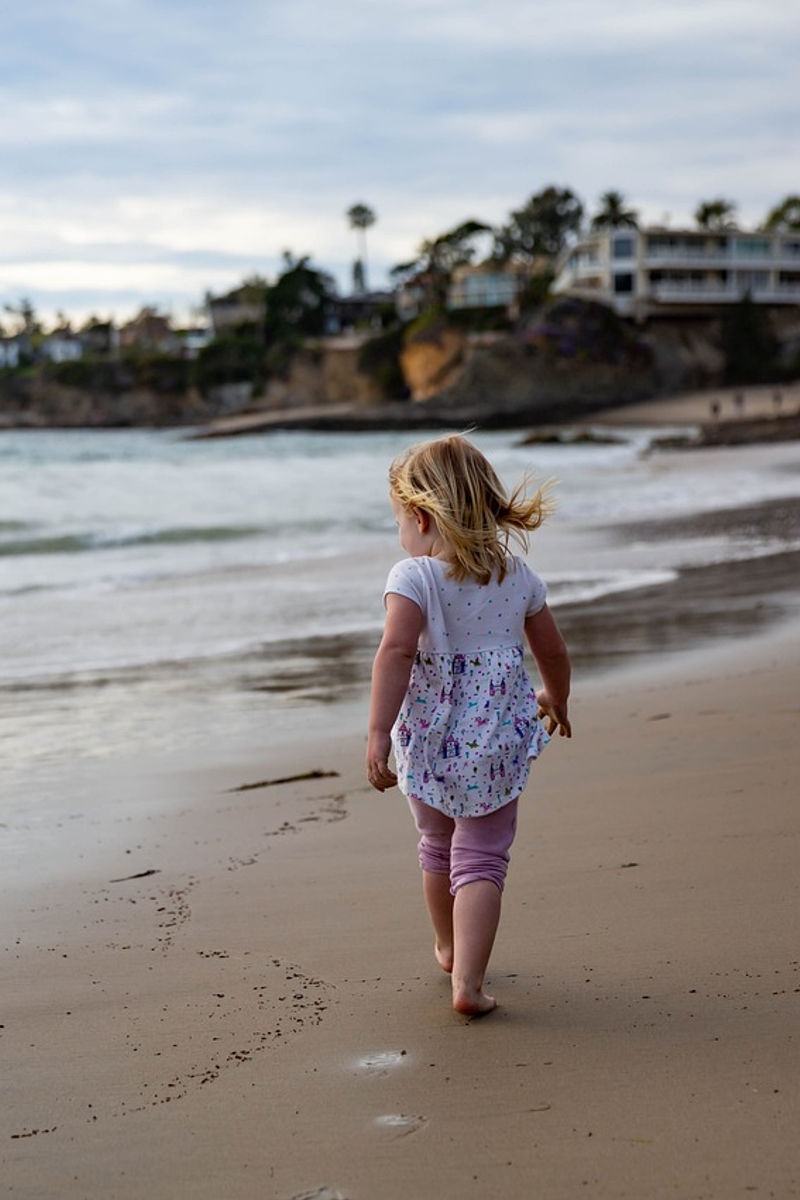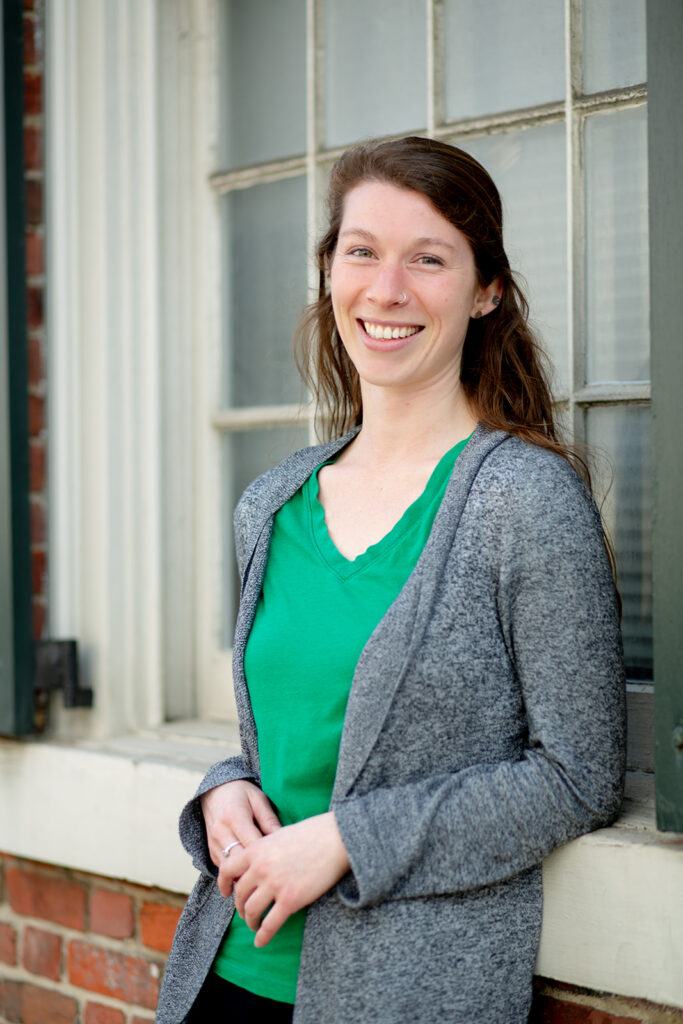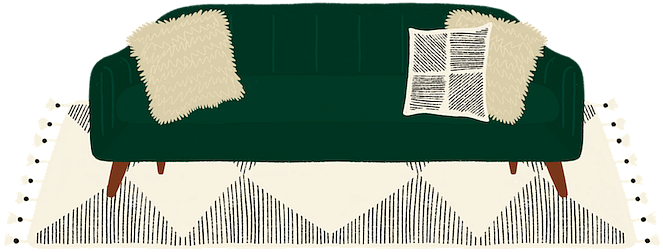What do therapists mean when they talk about your “inner child”?
From my perspective, the inner child is the young, vulnerable part of you that carries scrapes and scars from growing up. I also see the inner child as the part of you that brings a capacity for tender emotions like joy, hope, curiosity, excitement, and awe.
When you notice yourself having a big reaction to something or feeling small and ashamed, that can be a sign that your inner child needs acknowledgment. While we can’t go back and change what hurt us in the past, we can recognize what we need now and offer it to our inner child.

1. You are enough.
If you’ve watched Mindy Kaling’s show Never Have I Ever, maybe you remember that beautiful scene in season 3 when Devi’s mom, Nalini, tearfully embraces Devi while telling her, “You are never too much, and you are always enough.” Yes, Nalini! Every kiddo needs to hear this!
Even as adults, we need to hear this. I’ve never met a human being who hasn’t experienced shame. Shame often appears as feelings of being insufficient–” I’m not good enough.” We didn’t learn this not-enoughness in a vacuum. Your little childhood self, somewhere along the way, knew to compare yourself to others and to find yourself lacking.
In adulthood, this can show up in the form of seeking approval from others. However, what you may really need is your own love and acceptance and permission from yourself to be yourself.
2. How you feel is ok.
When you were growing up, how were big emotions handled? How were tears met? Maybe you had parents or caregivers who encouraged you to feel your feelings, while also setting boundaries around what behaviors you could use to express those feelings. Or perhaps you heard, “Oh no, don’t cry!” or “It’s not a big deal; there’s no need to get mad about it”.
When we’re taught as kids that only certain emotions are acceptable and that we shouldn’t express or even feel other emotions, we carry that into adulthood. Have you ever noticed how often people apologize for crying? Here’s your friendly reminder that tears are OKAY and necessary in the healing process!
I believe in putting out the welcome mat for your emotions. If we judge ourselves for how we feel, there’s no opportunity to learn why we think that way. Allow your little self to feel shame, hope, anger, confusion, and giddiness without judging the emotion.
3. I admire you.
The other day, my 8-year-old niece picked out black-and-orange checkered leggings and a turquoise shirt with navy stars on it–typical of her disregard for traditionally matching patterns and colors. Her style brings me immense joy! So often, as kids, we speak our minds freely and don’t care what others think. We wear the clothes we want, throw tantrums to express our anger and allow ourselves to be true to our likes and dislikes.
For many people, as we get older, we prioritize the need to be socially accepted above the need to be true to ourselves. We start to filter our words, hide certain emotions, and accommodate to avoid conflict. I think our inner child has something to teach us about how to be more authentically ourselves.
4. I will protect you.
No one gets out of childhood without some wounds–whether we had caregivers who were super loving and supportive, dismissive and detached, or a mix of both–growing up involves inevitable pain. Trauma therapist Kelly McDaniel identifies the three essential elements of maternal care as nurturance, protection, and guidance. In her incredible book Mother Hunger, she walks you through how to heal from a lack of any of these elements.
In adulthood, this might show up as anxiety. Learning and honoring our boundaries is a form of protecting ourselves. Often, we push past this because we’re afraid of potentially disappointing others. Additionally, we may feel like we’re superhuman and can do a thousand things without taking care of ourselves. You can protect your inner child by honoring your limitations, respecting your own boundaries, and staying connected to your preferences.
5. I believe you.
Imagine you’re fed up with your boss after a tough meeting and want to vent to a coworker about how frustrated you feel. If your coworker responds, “Well, I’ve never had a bad experience with her, so you must be doing something wrong,” you’d probably never vent to them again. If your coworker responds, “I’m sorry you had such a rough meeting,” you would likely feel seen, supported, and relieved.
There’s something beautiful that happens inside of us when we feel recognized and believed by others. It builds our trust and confidence in our decisions and feelings. Dr. Becky, founder of Good Inside, explains that more kids feel heard and believed in their experience, the more they can access their internal and external resources to navigate their experience. It is powerful to shift from, “Come on, it’s not that scary, just try it!” to “Something about this feels scary to you, I believe you”.
Our inner child might be carrying some self-doubt. That might look like having a hard time trusting your decisions. Conversely, it may look like a tendency to minimize or dismiss your experience. It may look like feeling like there’s something fundamentally bad or wrong about you. If that feels true for you, your inner child might need to be reminded that their experience is worth hearing and believing–that they deserve to be trusted.
How to Be Kinder to Yourself
When I think of my inner child, it helps me to envision myself as a tree. If you’ve ever looked at a tree stump, you can see the many rings that depict its age and growth. My inner child is like one of the tiny rings at the very center. I carry her with me. However, I’ve also grown more expansive layers that can hold and protect her. If you feel like your inner child could use a little attention and healing, try to find a picture of yourself from childhood. Send your inner child some love by repeating one of these phrases to them.
Start consistently take time to care for your younger self and see what happens!
Hannah specializes in anxiety, depression, eating disorders, faith transitions, OCD, and substance use. To learn more about Hannah, read her bio here.


